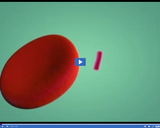
Bacterial cells are smaller than plant or animal cells.
- Subject:
- Science
- Provider:
- Utah Education Network
- Author:
- Visual Learning Company
- Date Added:
- 02/28/2010

Bacterial cells are smaller than plant or animal cells.
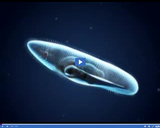
Ciliates, such as this paramecium, use cilia to propel themselves through water.
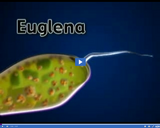
Euglena are single-celled, plant-like protists that can make food from the sun's energy. They can also act as heterotrophs and obtain food from the environment in the absence of sun.
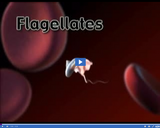
Flagellates are a group of protozoans that move through water by waving a whip-like flagellum back and forth.
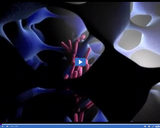
Monerans are microorganisms that consist of a single small cell.
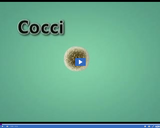
There are three main shapes of monerans: cocci (spherical), bacilli (rod-shaped), and spirilla (spiral-shaped).
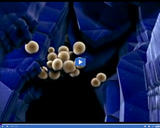
Bacterial cells are referred to as prokaryotes. Prokaryotic cells do not contain a nucleus or other internal structures common in plant or animal cells.

Students identify rock types by observing key characteristics.
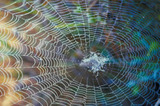
This resource is a Science student activity that utilizes Utah's Online Library resources - specifically, Gale's Kids InfoBits - to help students learn about classifying spiders.
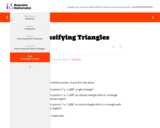
The goal of this task is to help students synthesize their knowledge of triangles.

Wouldn't it be amazing for your classroom to be able to see each student's work and thinking all at once, and give them feedback to encourage and differentiate instruction in real-time? With Classkick, you can!
Classkick is free for all teachers, and you can join some of Utah's finest educators for a maker session on how to quickly and easily turn your favorite worksheets and lesson plans into engaging, interactive learning experiences for students. We'll walk you through how to quickly and easily design and assignment using Classkick's creative canvas, and enrich your student interactions with notes, pictures, stickers, audio recording, 1:1 live chat, and more. Sign up for a free Classkick basic account at classkick.com for a head start.

Wouldn't it be amazing for your classroom to be able to see each student's work and thinking all at once, and give them feedback to encourage and differentiate instruction in real-time? With Classkick, you can!
Classkick is free for all teachers, and you can join some of Utah's finest educators for a maker session on how to quickly and easily turn your favorite worksheets and lesson plans into engaging, interactive learning experiences for students. We'll walk you through how to quickly and easily design and assignment using Classkick's creative canvas, and enrich your student interactions with notes, pictures, stickers, audio recording, 1:1 live chat, and more. Sign up for a free Classkick basic account at classkick.com for a head start.

This lesson plan outlines a way that students can have a mock Constitutional convention. They will read and discuss the four plans of government proposed at the convention and discuss the points that were compromised to create the U.S. Constitution.
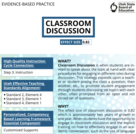
Classroom Discussion is when students are invited to speak about the topic at hand with clear procedures for engaging in different roles during discussion. This strategy expands upon a teacher or student posing the class a question, then another, etc., to promote student engagement through students discussing set topics with each other, often prompted from an open and not closed set of questions.
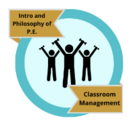
This microcredential represents educators' effective and consistent classroom management to support physical education. Classroom management techniques need to be an intentional part of each lesson.
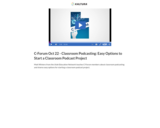
Matt Winters from the Utah Education Network teaches C-Forum members about classroom podcasting and shares easy options for starting a classroom podcast project.
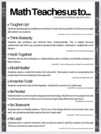
This is an 18x24 size poster that I have laminated in my classroom. This is all the 8 mathematical practices in teen friendly wording.
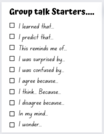
This printable is posted at all my whiteboard team stations. This is a great way to get students talking. Pushed heavily at the beginning of the year, and referenced throughout the year if groups are struggling with where to start.
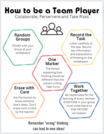
These are ways students are suggested to work together when at the Vertical Non Permanent surfaces (VNPS). This poster is hanging at each team whiteboard. These ideas are taken directly from BTC model (Building thinking classrooms)
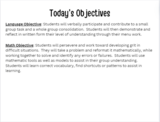
This Langage and Content Objective is posted daily on each of the team whiteboards. It hangs all year and serves the purpose of having my objectives posted, while still allowing students do use discovery to uncover the lesson each day.